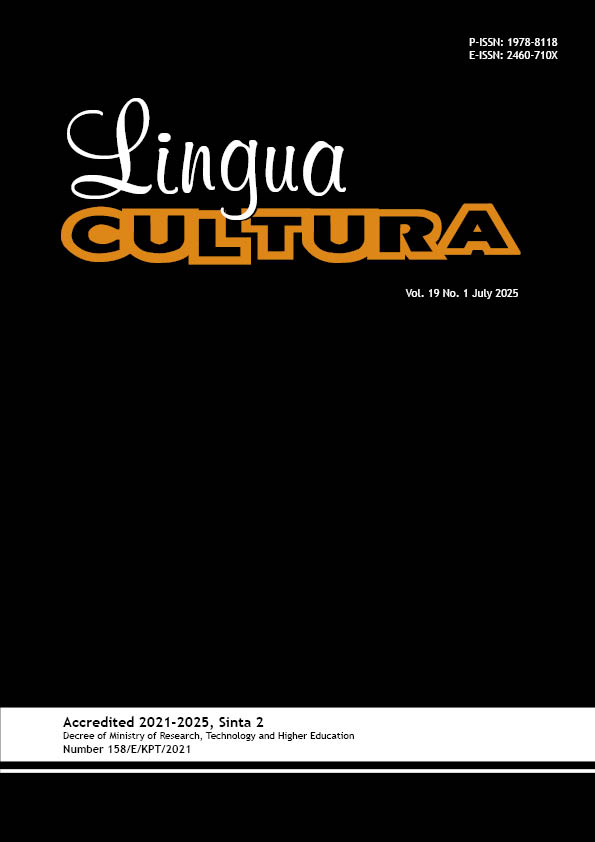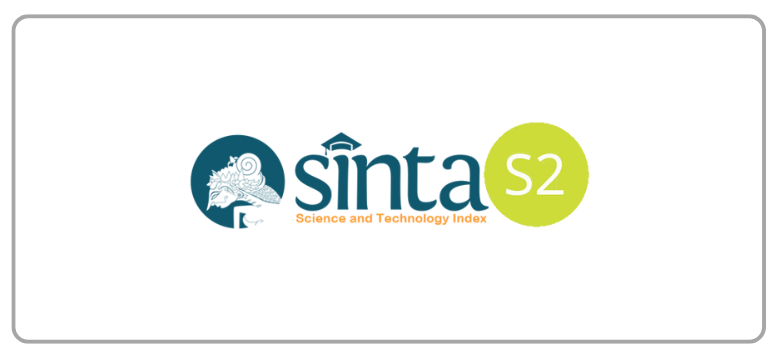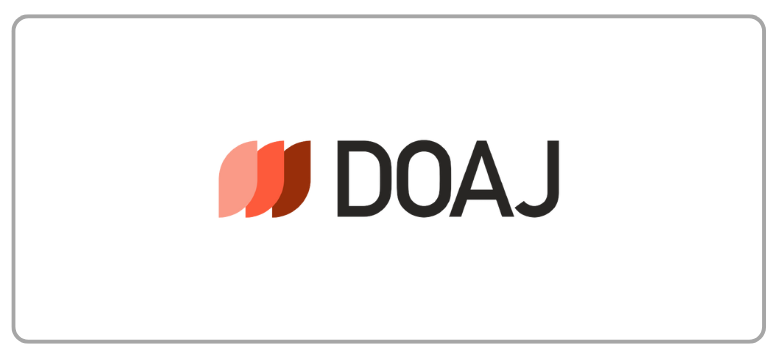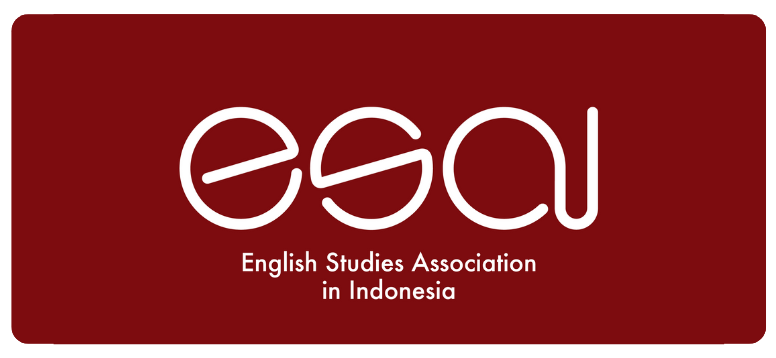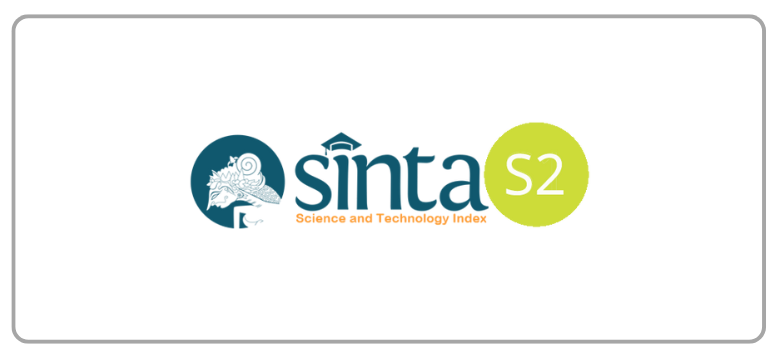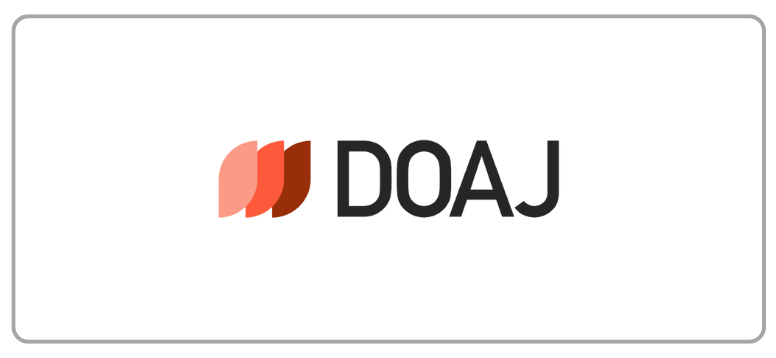Choosing English as a Dominant Language Among Indigenous Youth: Cultural Boon or Identity Bane?
DOI:
https://doi.org/10.21512/lc.v19i1.13771Keywords:
phenomenological research, undergraduate students, Indigenous people, family language policy, PhilippinesAbstract
Cultural disconnect is increasingly evident among Indigenous youth who struggle to maintain fluency in their native languages, even when they retain passive understanding. This disconnect is often shaped by family language policies (FLPs) that prioritize English over Indigenous languages, creating long-term implications for cultural continuity and identity. The research aims to explore why Indigenous college students prefer English as their dominant language and how FLPs influence this preference. Using qualitative methods, nine Indigenous youth were interviewed through snowball sampling, and their responses were transcribed and coded into emerging themes. Findings indicate that youth view English as essential for academic and professional advancement. However, they also acknowledge that using English exclusively distances them from their heritage language and culture. Many participants reported a fear of being criticized for mispronunciations or errors when attempting to speak their native language, which further discourages active use and reinforces their reliance on English. It is concluded that Indigenous youth who speak English have scholastic and professional benefits. However, because family language policies devalue local languages, it also leads to cultural alienation and the loss of heritage languages. Although it is recommended that, through community-based revitalization initiatives and positive reinforcement, families and institutions should create welcoming, inclusive environments that actively promote the use of heritage languages.
References
Agbo, S. A., Pak, N., Akbarov, A., Madiyeva, G., & Saurykov, Y. (2022). Global Competitiveness Myths and Ideals: English Language Policy in Universities in Kazakhstan. International Journal of Educational Reform, 34(3), 515-542. https://doi.org/10.1177/10567879221137572
Bonifacio, R. M., Zaman, D. J. M. R., Prantilla‑Arambala, M. D., & Zarate, M. S. (2021). Effects of indigenous language conversation skills enhancement program among Bukidnon and Talaandig youths in the Philippines. Ampersand, 8, 100076. https://doi.org/10.1016/j.amper.2021.100076
Cox, R. B., Arredondo-Lopez, A., León-Cartagena, M., Dorda, C., & deSouza, D. K. (2025). Families navigating two languages in a country built for one: Shared language erosion among Hispanic parents and youth. Journal of Social and Personal Relationships, 42(8), 1849-1879. https://doi.org/10.1177/02654075251332034
Dünkel, N., Knigge, M., & Brandt, H. (2024). Language exposure within peer and family contexts and bilingual reading profiles of German–Russian and German–Turkish adolescents in Germany. International Journal of Bilingualism, 29(1), 128-146. https://doi.org/10.1177/13670069231221103
Gruffydd, I., Tamburelli, M., Breit, F., & Bagheri, H. (2024). Investigating the relationship between language exposure and explicit and implicit language attitudes towards Welsh and English. Journal of Language and Social Psychology, 44(1), 79-106. https://doi.org/10.1177/0261927X241294031
Hassan, A. S. (2023). Family language policy among Libyan families in the UK: Maintaining heritage language in the home. The Open Review Journal (online), 8, 171-187. https://doi.org/10.47967/TOR2022COL/VOL8.18
Hollebeke, I., Agirdag, O., & Struys, E. (2022). Shifting towards the institutional language? Predictors of parental institutional language exposure efforts. European Journal of Language Policy, 14(2), 227-248. https://doi.org/10.3828/ejlp.2022.13
Little, S. (2022). ‘Half of who you are’: Parent and child reflections on the emotional experiences of reversing familial language shift. International Journal of Bilingualism, 27(2), 217-231. https://doi.org/10.1177/13670069221125705
Magadan, C., Eman, N., & Dayanan, D. (2025). Translanguaging in language learning: IP students’ insights and experiences. International Journal of Multidisciplinary Studies in Higher Education, 1, Article 82. https://doi.org/10.70847/590779
Mak, E., Vanni, N. N., Yang, X., Lara, M., Zhou, Q., & Uchikoshi, Y. (2023). Parental perceptions of bilingualism and home language vocabulary: Young bilingual children from low-income immigrant Mexican American and Chinese American families. Frontiers in Psychology, 14, Article 1059298. https://doi.org/10.3389/fpsyg.2023.1059298
Pelila, J. R. O., Ayao-ao, S. L. (2024). How significant is the role of family socioeconomic status in archaism among Kankanaey speakers?. English Language and Literature, 13(1), 231-243. http://dx.doi.org/10.24036/ell.v13i1.127041
Pourbahram, R., & Gholami, J. (2023). Family language policy through the lenses of parents: The case of Azerbaijani Turkish in Iran. European Journal of Language Policy, 15(1), 83-104. https://doi.org/10.3828/ejlp.2023.5
Rose, K., Armon-Lotem, S., & Altman, C. (2023). Family language policy and vocabulary of bilingual children across different ages. Ampersand, 11, 100154. https://doi.org/10.1016/j.amper.2023.100154
Sevinç, Y., & Mirvahedi, S. H. (2022). Emotions and multilingualism in family language policy: Introduction to the special issue. International Journal of Bilingualism, 27(2), 145-158. https://doi.org/10.1177/13670069221131762
Sihombing, L. H., & Rani, S. D. (2023). The use of code-switching and code-mixing in English learning for children: A case study of an Indonesian-American couple. Lingua Cultura, 16(2), 249-256. https://doi.org/10.21512/lc.v16i2.8403
Tacio, L. E. D., & Pelila, J. R. O. (2025). How do schools and community influence Indigenous youth’s perceptions of English?. ETDC: Indonesian Journal of Research and Educational Review, 4(2), 263-274. https://etdci.org/journal/ijrer/article/view/2851
Tsinivits, D., & Unsworth, S. (2021). The impact of older siblings on the language environment and language development of bilingual toddlers. Applied Psycholinguistics, 42(2), 325-344. https://doi.org/10.1017/S0142716420000570
Verhagen, J., Kuiken, F., & Andringa, S. (2022). Family language patterns in bilingual families and relationships with children's language outcomes. Applied Psycholinguistics, 43(5), 1109-1139. https://doi.org/10.1017/S0142716422000297
Wiese, H., Alexiadou, A., Allen, S., Bunk, O., Gagarina, N., Iefremenko, K., Martynova, M., Pashkova, T., Rizou, V., Schroeder, C., Shadrova, A., Szucsich, L., Tracy, R., Tsehaye, W., Zerbian, S., & Zuban, Y. (2022). Heritage speakers as part of the native language continuum. Frontiers in Psychology, 12, Article 717973. https://doi.org/10.3389/fpsyg.2021.717973
Woltran, F. (2025). What is the problem represented to be? Applying poststructural policy analysis to examine Austrian German language support legislation. Policy Futures in Education, 23(5), 990-1006. https://doi.org/10.1177/14782103251323090
Downloads
Published
How to Cite
Issue
Section
License
Copyright (c) 2025 Liaa Eve Tacio, John Rey Pelila

This work is licensed under a Creative Commons Attribution-ShareAlike 4.0 International License.
Authors who publish with this journal agree to the following terms:
a. Authors retain copyright and grant the journal right of first publication with the work simultaneously licensed under a Creative Commons Attribution License - Share Alike that allows others to share the work with an acknowledgment of the work's authorship and initial publication in this journal.
b. Authors are able to enter into separate, additional contractual arrangements for the non-exclusive distribution of the journal's published version of the work (e.g., post it to an institutional repository or publish it in a book), with an acknowledgment of its initial publication in this journal.
c. Authors are permitted and encouraged to post their work online (e.g., in institutional repositories or on their website) prior to and during the submission process, as it can lead to productive exchanges, as well as earlier and greater citation of published work.
USER RIGHTS
All articles published Open Access will be immediately and permanently free for everyone to read and download. We are continuously working with our author communities to select the best choice of license options, currently being defined for this journal as follows: Creative Commons Attribution-Share Alike (CC BY-SA)
